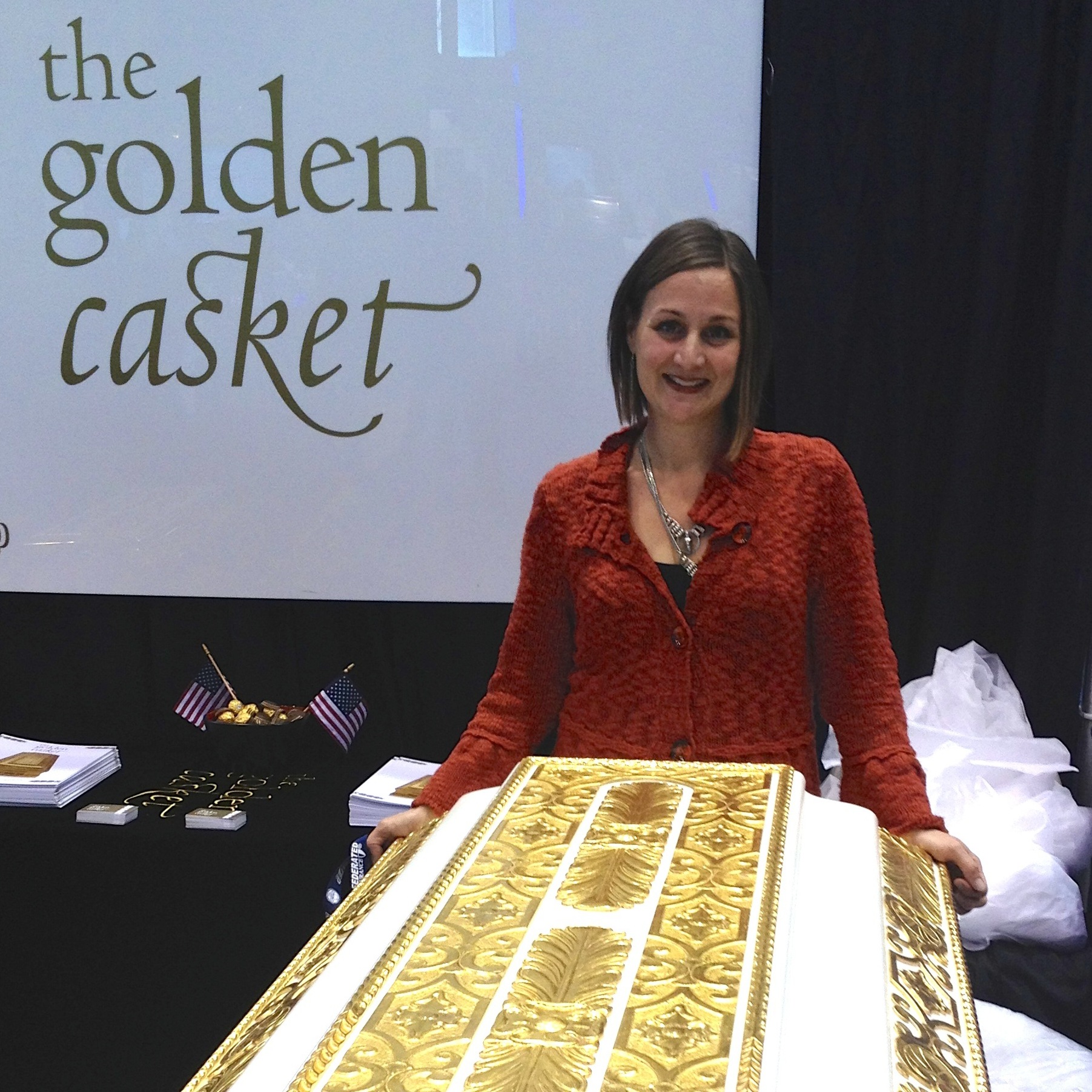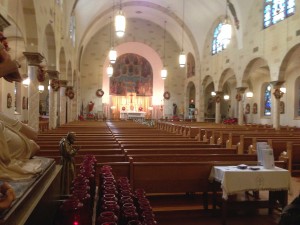
American Funeral Director Magazine, November 2014
American Funeral Director is the leading independent trade magazine servicing funeral directors and other funeral service professionals for 134 years
I used to live on a quiet, tree-lined street in suburban New Jersey…white picket fences and all. Young families bought their first homes on our street. We had block parties and barbeques and our kids played together while we manicured our lawns.
Colleen and Rob lived across the street. Their son, Dylan was already forming a bond with my five year old—his toothless grin widened when my Ben stopped to play with him. I wasn’t surprised when he was invited to Dylan’s first birthday party, hosted by Grandma and Grandpa.
It was snowing the day of the party and our GPS announced, “Your destination is on the left” in its synthetic, female British accent, but all we saw was a church. We blamed poor visibility and turned around, but as we approached the address again we were certain something was wrong. We laughed for a minute and considered it might be a joke, but the balloon tied to the front door confirmed it wasn’t—the party was in a funeral home.
Colleen grew up in the residence upstairs and from the looks on our faces her family realized she never mentioned it. They saw that look before and there was booming laughter from Bill Dangler. This took me by surprise—I didn’t expect to hear a laugh like that coming from a funeral director.
I never met anyone socially who worked with dead people. My only point of reference was the media and the Dangler’s weren’t anything like the Fisher or Sultenfuss families. They weren’t disconnected or socially awkward—they were engaging and full of laughter. It didn’t take long to forget we were standing above a funeral home and I wondered why Colleen didn’t tell me.
At A Loss For Words
Years later, I found myself searching for guidance after my friend’s daughter died. I had no idea what to do or say and the longer it took me to find what I was looking for, the farther away I was from needing it. Eventually, I put what I learned online and this was the inspiration behind Heart2Soul.com.
My friends, family and co-workers weren’t as enthusiastic about my work on Heart2Soul. They looked at me in a way I can only describe by the evolution of their facial and body expressions. Their eyes would squint, brows furrow and one ear would get closer to a shoulder as the smiles on their faces turned to grimaces. Eventually, they would soften and I knew they “got it” when the conversation evolved to some form of “oh yeah, that makes total sense”. I figured out why Colleen never mentioned she grew up in a funeral home.
Heart2Soul became my paramour and I learned to keep silent and just build it with the help of my friend, Ken. We wanted to create the place I was looking for—a place to tell me how I could help and what I should (or shouldn’t) say because I felt like running away even though I knew I should reach out. There were no focus groups or strategy meetings…we just answered our own questions because surely, someone else was asking them, too. It wasn’t about money.
Chicago 2011
When I decided to go to the NFDA Convention, the negative facial expressions were embedded in my psyche. I still felt uncomfortable talking to people about my work and wasn’t sure how to define it—and there was no business model.
I avoided eye contact on the shuttle from the hotel to the convention center. I’m not sure if it was nerves or reflex as I realized my demeanor was similar to how I might approach a funeral home acting as host to someone I knew that died. I looked around for the check-in counter and was a little fearful someone might question my right to be there.
Men, women and children filled the outer area shaking hands and hugging friends they hadn’t seen in a while. I was surprised to see children but these were family businesses, so I guess it made sense. Their expressions and body language were not at all what I expected and I was reminded of how jarring it was to hear Bill Dangler’s belly laugh years earlier. They wore conservative clothing and I felt out of place in my long orange sweater and knee high boots, “I should have worn something else” I thought.
I walked towards the entrance and smiled at the representatives guarding the doors as they checked everyone’s badges. Did people really try to crash funeral conventions?
Inside The Convention
I approached the nearest booth with the least scary items on the table—a memorial blanket vendor. They printed pictures of the deceased on fringed throws and I remembered my sister bought a similar one with a family portrait on it for my mom the Christmas before. I never thought of sending a gift item to someone who is grieving, I’m Italian and we cook when someone dies.
With each new table I felt more at ease and I started to relax. I even asked one vendor “Do you sell your products directly to consumers?” but that didn’t go over well. He snatched back the brochure he offered moments before and turned to the next person waiting for his attention. I learned a lot about the politics of the funeral industry that day.
As I zigzagged up and down the rows of the convention floor, the representatives eyed my badge to see if I commanded extra attention. Seeing the child-sized caskets put a knot in my throat and I had to look away, but when I saw a casket made of gold (from The Golden Casket Company) I became a little giddy and stopped to pose for a picture with it.
I expected to see the caskets, hearses and urns, but the pretty girls dressed like colorful daisies caught me by surprise. And then there were the necessary tools of the trade we never see as guests of a funeral home—like embalming products and body lifts—I watched as one man climbed into the body lift to test it out.

Karen Zinn at NFDA Convention, Chicago 2011
Observations from an Outsider
Since Chicago, I’ve been to a few conventions— both NFDA and ICCFA—but I can’t say much changes from one year to another. My favorite booths are usually stationed along the farthest edge of the room where new vendors wait for someone to stop and see what they have to offer. They haven’t learned yet the best real estate is near the daisies.




